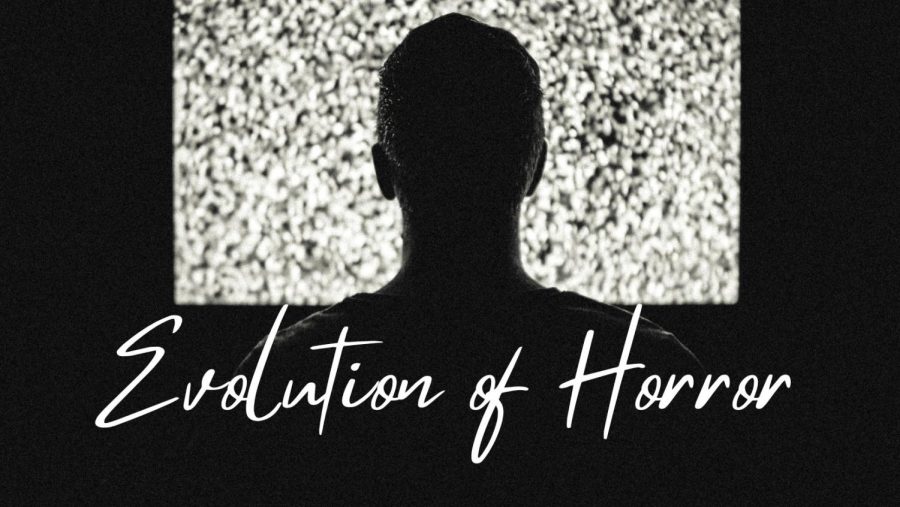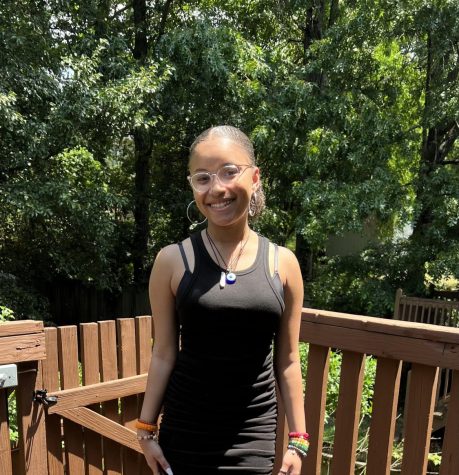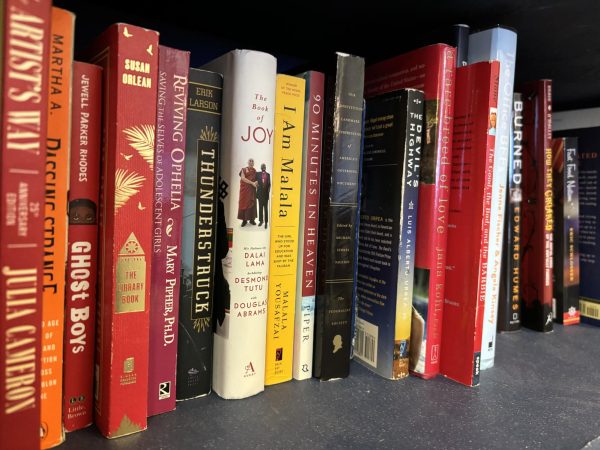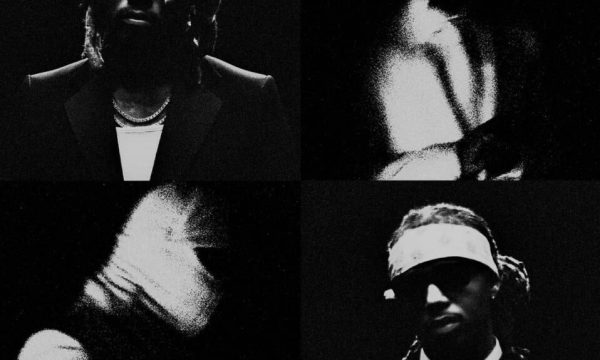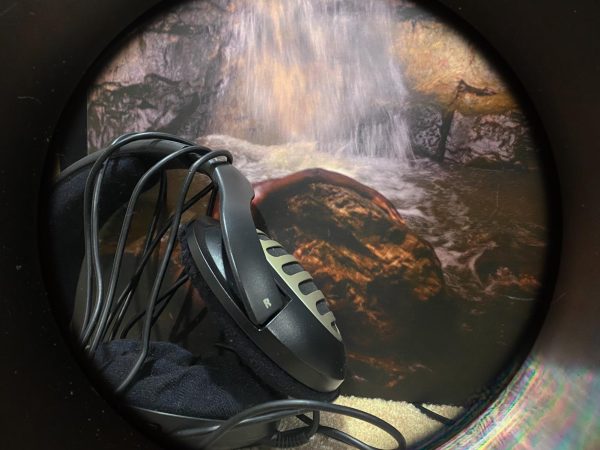Evolution of horror
Horror films constantly change in terms of advancing computer-generated imagery (CGI) and scare factors. Viewers want to see a new aspect of learning and as they age, the harder it seems to scare them. The majority of audiences watch horror movies to feel scared, and to meet these expectations, directors must drastically change the way they make horror films.
March 4, 2023
History marks “Le Manoir du Diable” as the first horror movie in history. Produced in 1896, the three-minute film fills itself with screams, skeletons, bats, cauldrons and of course, the incarnation of the devil. According to director Georges Méliès, the film did not originally intend to scare people but meant to encourage people to connect with their wondrous desires.
The horror genre includes several subgenres and variants: gothic, supernatural, psychological, splatter, slasher, body, comedy and postmodern. Over time, horror continues to expand to gain creativity and authenticity to a point that people fear the thought that the movie’s plot may happen to them.
“In each decade, there are particular themes and subgenres that are more prominent in horror movies, allowing horror to evolve over the years into the adaptive/mutable genre it currently is,” writer Antonio Conover said.
To put the subgenres into simple terms, American novelist Stephen King defines the three levels of horror. These three levels include gross-out, horror and terror. The gross-out defines a film that physically revolts an audience—the ew factor found in movies like “The Terrifier”. The horror portrays the unbelievable nightmare fuel caused by an aspect so unnatural that viewers can not wrap their heads around it. ‘The Conjuring” franchise utilizes this level. The last level, terror, induces fear in the viewer through imagination. Imagination allows a viewer to create their worst nightmares in their head without the help of the screen.
“I love horror and I have been into it since forever. I used to love slashers, I loved the gore and the screams but I also am starting to grow into psychological horrors. Even though I love slashers, the psychological movies definitely scare me more and I have seen a lot online of people saying the same,” sophomore Sienna Bennet said.
Preferences have changed with the progression of horror movies. People do not scare as easily as they once did. For example, classics such as “Frankenstein” used to scare people, but the film could now fall under comedy. Now, movies frighten people on a psychological level.
Horrors that feel real continue to scare an audience—a lot that could happen in the real world, not just fiction. But, fantasy horrors still entice people. Demons, ghosts and monsters; all remain unrealistic but still frighten the vast majority of audiences.
Slashers gain popularity as time progresses, similar to how people reacted to them in the past. In plotless killings, people watch simply for the gore.
Horror movies that touch the audience frequently include true events or crimes. The thought that not only could it occur in the viewer’s life but it has happened to another person deeply terrifies the average horror watcher. The “Texas Chainsaw Massacre”, based on the life of serial killer Ed Gein, presents as one of these movies. The film includes the crimes of Gein with bloody violence and gore.
Horror continues to change over time and not only in quality; scaring people proves harder than it used to and directors consider this when making these movies. Horror films all end up differently because of the several subgenres in use, and numerous movies gain popularity because they lie in a popular subgenre.




